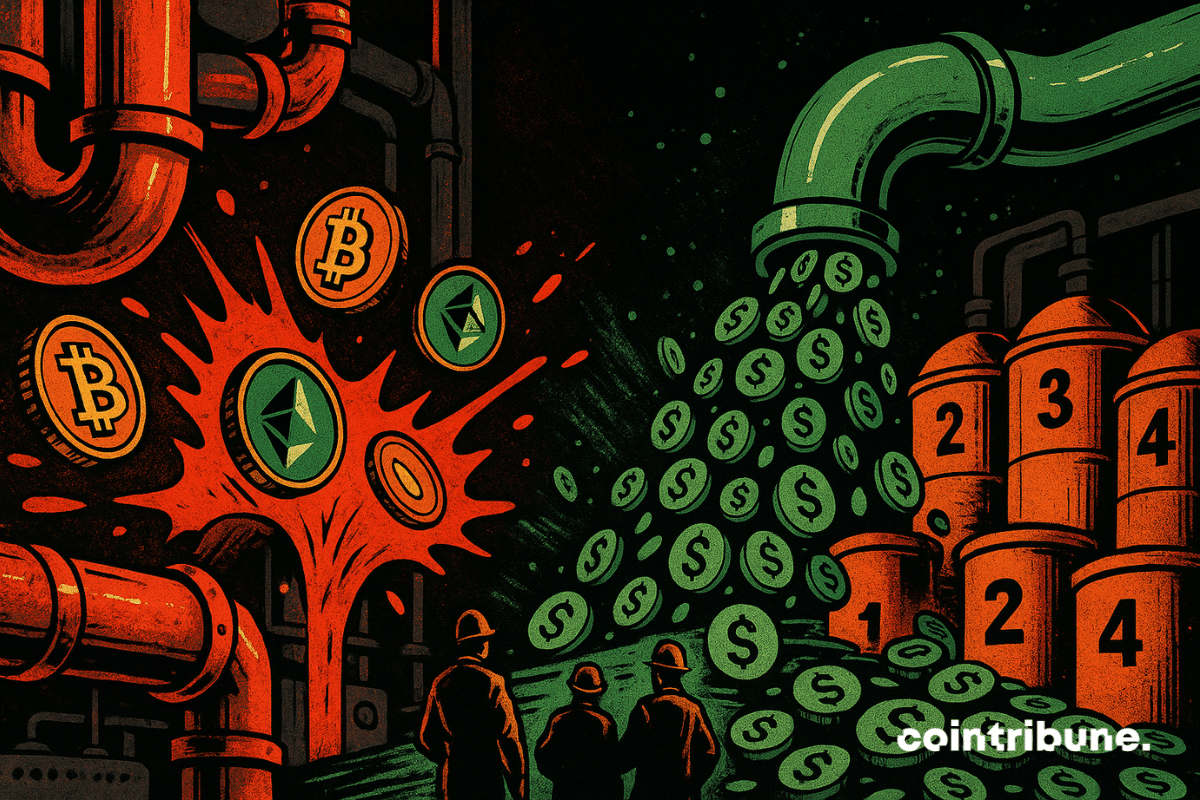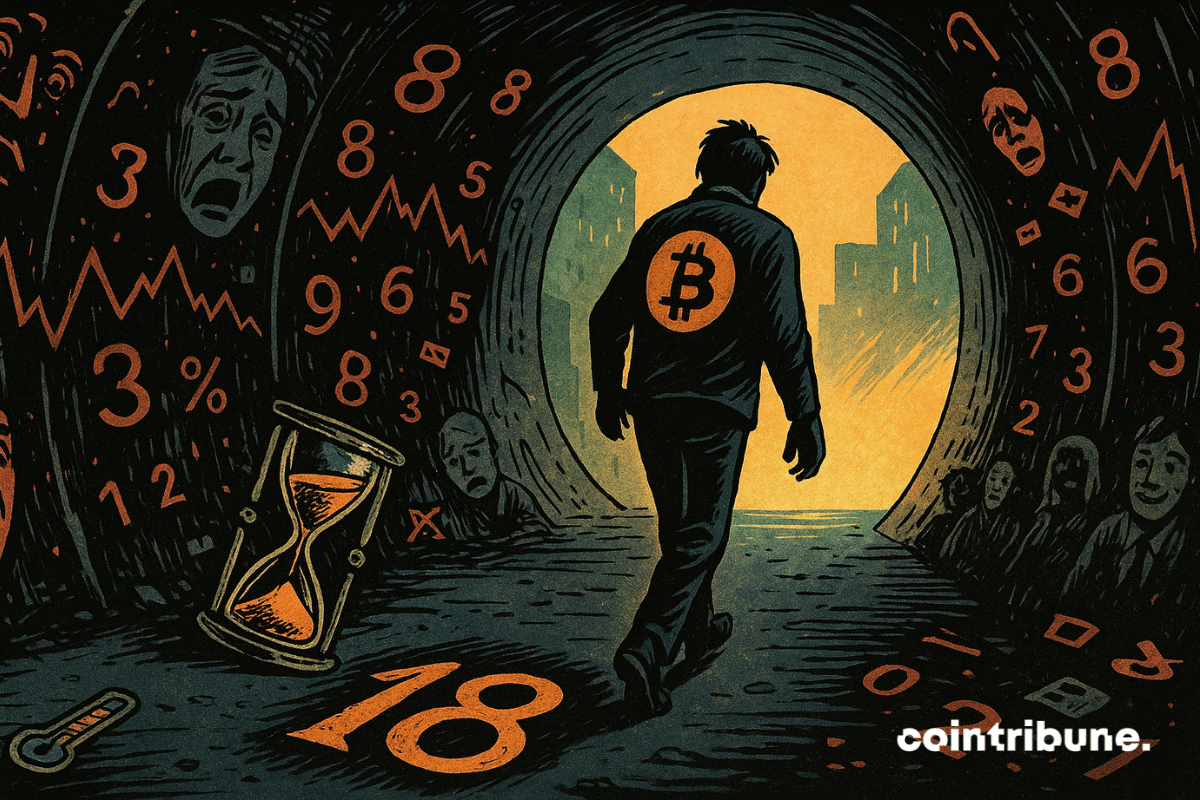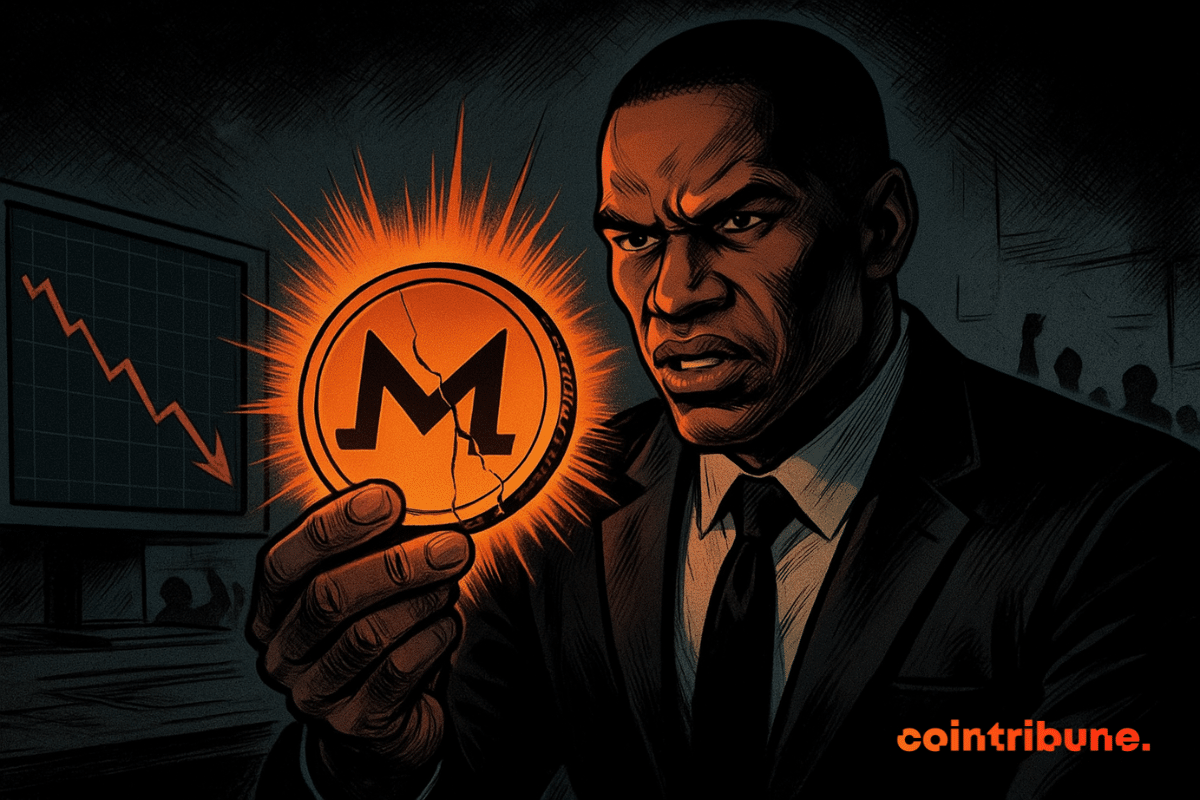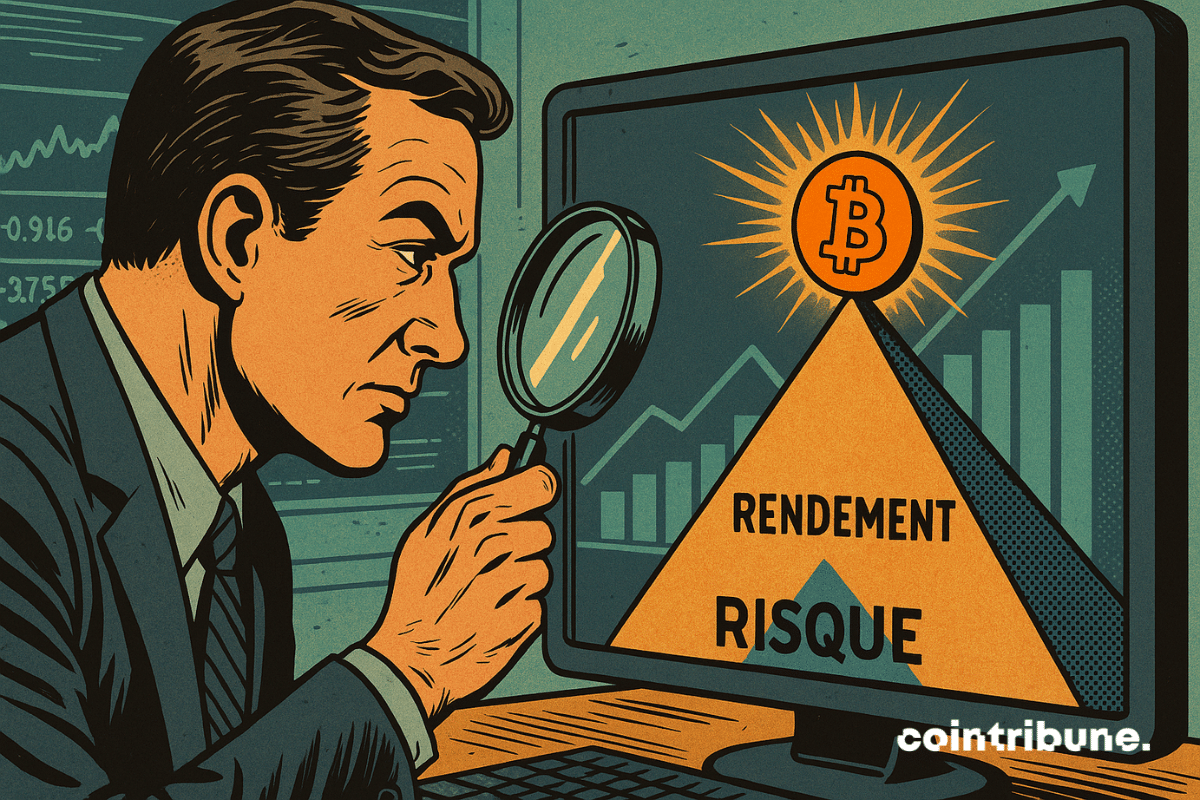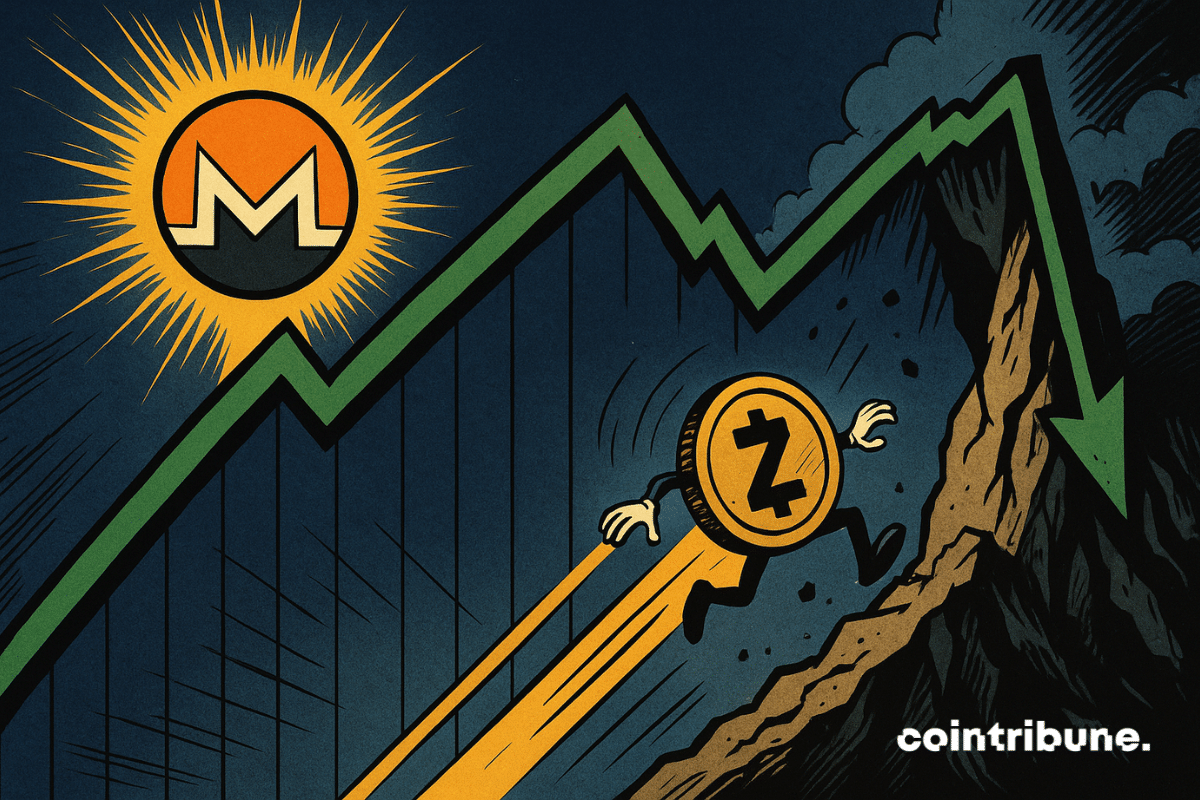Bitcoin stumbled into the new month after a sharp weekend drop erased days of calm trading and reignited market-wide fear. Prices plunged without warning on Sunday, triggering heavy liquidations and closing out the asset’s weakest November in years. Traders now question whether the fall signals deeper trouble or a reset that clears the way for a rebound.
Coin Stats RSS
Self-custody and financial privacy have returned to the forefront of the U.S. crypto conversation after SEC Commissioner Hester Peirce reaffirmed them as core individual rights. Her remarks come amid regulatory uncertainty, rising ETF adoption, and renewed debate over Bitcoin’s founding principles.
Heavy withdrawals hit BlackRock’s flagship Bitcoin ETF in November, but company executives say the activity reflects normal market behavior, not a shift in long-term sentiment. Momentum from earlier in the year continues to guide the firm’s outlook, supported by the strong demand that once pushed IBIT toward a major milestone.
Binance records a marked decrease in its Bitcoin and Ethereum reserves. At the same time, stablecoin deposits reach unprecedented levels. This surprising contrast draws the attention of analysts, who see a strong signal: the market is not disengaging, it is repositioning.
Strategy, the Bitcoin giant will only relinquish its precious reserves under one condition, which one? A condition that may reveal dark days ahead for BTC.
Seven Kalshi users have filed a class action lawsuit, alleging the platform operates like unlicensed sports betting, while the co-founder denies the claims.
Since its launch, ChatGPT has boosted markets, reshaped businesses, and driven OpenAI’s valuation to $500 billion.
The crypto market rebounds: ETFs fill up, BlackRock frowns, Solana hesitates. What if whales knew the weather before everyone else?
The crypto market gave way under the pressure of its own leverage. In a few days, nearly 8 billion dollars of open interest on Bitcoin futures contracts were liquidated, triggering a brutal purge of speculative positions. Behind this shock, a rebalancing is emerging, suggesting that a stabilization cycle could begin.
Crypto is undergoing a revolution in 2025: fundraising has jumped by +150% in one year, smashing all records. Which projects attract billions? Which sectors are booming? Analysis of a historic growth that is redefining the digital economy and opening unprecedented opportunities for investors.
While the Bitcoin market remains under pressure, an analyst suggests that the bottom may have been reached. Contrary to the climate of distrust, he envisions a rebound towards 100,000-110,000 dollars, reigniting speculation about a trend reversal. This scenario, based on precise technical indicators, contrasts with the prevailing sluggishness and captures investors' attention.
The Parisian studio Avicenne, already the author of a world first with the token bridge with transfer fees via Wormhole, is now tackling the cross-chain infrastructure between Qubic and Solana. A major advance to connect two previously isolated ecosystems.
Solana is booming, but CoinShares is backing down: the ETF leaves the stage before entering. The crypto market, meanwhile, is still applauding... Go figure where the real show is.
Ethereum is about to revolutionize its network with a gas limit raised to 180 million. Anthony Sassano reveals how this update could reduce fees and boost scalability! A major breakthrough for the crypto ecosystem.
After 18 days in the extreme fear zone, the crypto market shows a first sign of relief. The Crypto Fear & Greed Index rises slightly, finally leaving its lowest level. This rebound occurs while November, traditionally favorable to Bitcoin, ends in uncertainty.
Arthur Hayes is stirring debate across the crypto market with sharp criticism of Monad, a new layer-1 chain that launched with significant attention and industry backing. His remarks challenge the project’s early momentum and raise broader questions about high-valuation tokens supported by venture capital.
Ripple USD has entered a new phase of market growth as it surpasses the one-billion supply mark on Ethereum. RLUSD’s fast expansion has strengthened its position among major stablecoins, showing steady demand across trading platforms, wallets, and payment services. For an asset less than a year old, this milestone represents a notable achievement for the dollar-pegged stablecoin.
Upbit admitted a wallet flaw led to a recent hack and authorities suspect the North Korean Lazarus group is behind the attack.
What if the market was massively wrong about bitcoin? For André Dragosch, head of research at Bitwise Europe, the current context oddly resembles that of March 2020, during the crash caused by the pandemic. In a tense post-halving climate and facing contradictory macroeconomic signals, he believes bitcoin today offers one of its best risk/reward profiles since the health crisis. This statement shakes certainties and reignites the debate on the timing of market entry.
Do Kwon, former DeFi star, is now at the center of an unprecedented judicial scandal. Less than two years after the collapse of Terra-Luna, which swallowed $40 billion, he is trying to avoid a heavy sentence in the United States. His goal is to convince the court to limit his sentence to five years in prison. Two weeks before his hearing, this request reignites debates about the responsibility of crypto founders in the face of the devastating consequences of their projects.
Barcelona faces criticism after partnering with little-known crypto firm ZKP, raising concerns that fans could be exposed to high-risk digital tokens.
Flash crashes, digital dominos and states lying in wait: the IMF sees tokenization less as a revolution than as an explosive cocktail ready to blow up finance... but hush, it's bubbling.
The crypto industry has just proven it can change lives. After the devastating fire in Hong Kong, the deadliest in 80 years, Bitget, Binance, KuCoin, Tron and many other players joined forces to raise $3.2 million. How will these donations transform humanitarian aid?
Monero (XMR) gained more than 23% this week, while Zcash (ZEC) dropped by nearly 25%. Such a gap highlights the high volatility of the privacy coins market, in a context of low activity related to Thanksgiving. This divergence between two key privacy assets raises questions about the internal dynamics of the sector.
The regulated MiCAR exchange platform multiplies attractive campaigns to entice European users, featuring record cashback, daily draws, and exceptional welcome bonuses.
XRP shows an increase of 0.85% at $2.22, but its trading volume collapses by 31.87%. A puzzling paradox that raises questions: Are crypto traders losing confidence despite rising prices? Analysis of the numbers and stakes to understand what is really at play behind this trend.
BitMine is drawing fresh attention as its aggressive buying spree in Ethereum continues. New on-chain activity suggests the company may be preparing another significant purchase, prompting traders to watch whether continued accumulation can steady sentiment in an uneven market. Interestingly, BitMine’s recent purchase activity comes amid broad macro pressures that remain a persistent drag on digital assets.
Bitcoin still under $100,000... but the crypto industry is rejoicing. Whales sell, small buyers buy, hopes rise: what if the crypto winter was just an illusion?
Amundi launches its first tokenized money market fund, letting investors hold and trade fund units digitally alongside traditional channels.
At Ethereum, the gas never goes down! 60 million on the counter, and an engine ready to explode. Small validators will have to pedal faster than ever.



